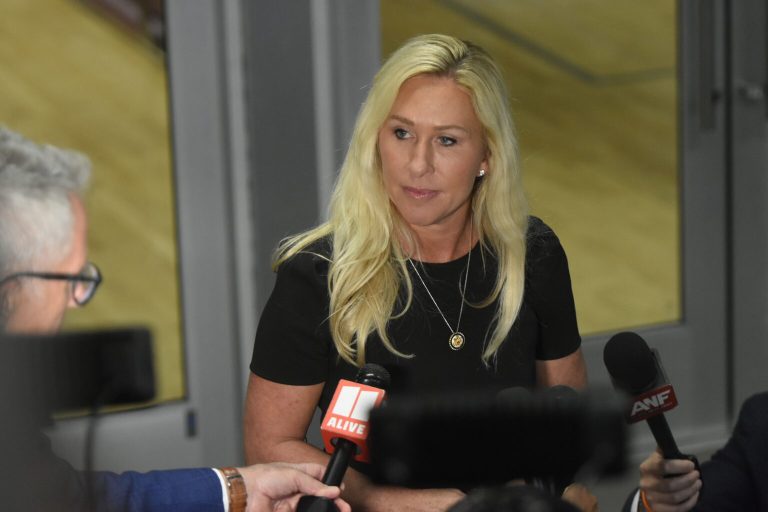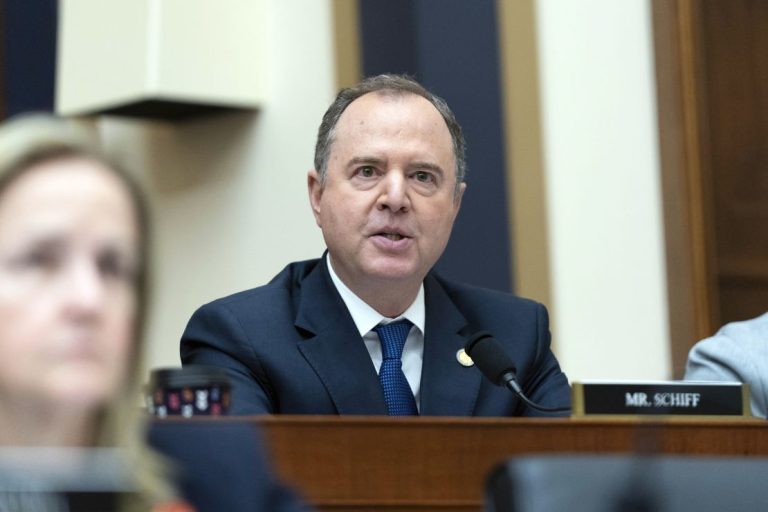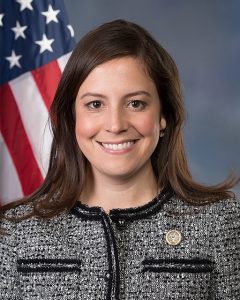A Shutdown Fight That Went Far Longer Than Anyone Expected
After forty-two long days of stalled paychecks, frozen agencies, and endless political brinkmanship, the nation finally saw the curtain fall on the longest government shutdown in American history. The standoff had dragged Washington into a grinding halt, with millions of families caught in the middle. But on Wednesday night, President Donald Trump signed a bipartisan funding bill that reopened the federal government and forced both parties to take a hard look at how this showdown actually ended — and who truly walked away with the leverage.
The final bill passed the House in a 222–209 vote. Six Democrats crossed party lines to break the deadlock. Two Republicans voted no. The Senate had already approved it earlier in the week, clearing the way for Trump’s signature.
The White House didn’t mince words. Trump said Democrats had engaged in “extortion.” Republican leaders likewise declared that “the Democrat shutdown is finally over,” placing the blame squarely on the opposition party. Whether or not one agrees with that phrasing, the political dynamics behind this shutdown tell a story that Democrats may not want replayed in the next election cycle.
How the Shutdown Became a Political Trap for Democrats
Democrats attempted to tie reopening the government to extending Affordable Care Act tax credits that expired in September. They insisted these subsidies had become essential for millions of Americans. But Republicans dismissed that tactic outright, labeling it a hostage-taking attempt wrapped in moral language.
Initially, Democrats expected Republicans to fold. But as the shutdown entered its sixth week, it became clear the stalemate was hurting ordinary Americans more than it was hurting the GOP. SNAP benefits lagged, airports backed up, and government workers were forced to go without pay while still showing up to their posts. And every day the pressure built, the question grew louder: why wasn’t the government open yet?
The longer it dragged on, the worse Democrats looked politically. Their “all or nothing” stance prevented a simple continuing resolution from passing, even after Republicans offered multiple short-term extensions.
By week six, Democratic unity began to crack.
Eight senators aligned with the Democratic caucus broke ranks in the Senate. Six House Democrats followed their lead yesterday. That was enough to tip the scales and restore government funding.
And just like that, the showdown that Democrats wanted to frame as a moral crusade turned into something much less flattering: a strategy that simply did not hold.
Why Some Democrats Finally Jumped Ship
The six House Democrats who voted with Republicans come from a mix of moderate, swing, and rural districts — areas where voters have little patience for Beltway stand-offs that cut off paychecks and basic services.
For them, the shutdown had become political poison. Helping Republicans reopen the government wasn’t about ideology. It was about survival.
Republicans, meanwhile, stayed unified. And Trump — who has been no stranger to political combat — framed the situation as Democrats risking the livelihoods of everyday Americans to score points.
That message resonated.
Even the mainstream press admitted the optics for Democrats were deteriorating. They no longer had a clean narrative to stand on.
The ACA Subsidies: Democrats’ Hill to Die On
The irony of this shutdown is that Democrats were fighting over something they did not actually win. The funding bill includes only a promise of a Senate vote in December on whether to renew the ACA tax credits. No guarantees. No funding locked in. Just a scheduled vote.
Democrats spent six weeks holding the government closed to force Republicans to agree to a subsidy extension — and all they walked away with was a future vote that might go nowhere.
That reality explains why progressive groups are furious at Senate Minority Leader Chuck Schumer. It also explains why some House Democrats are quietly blaming Hakeem Jeffries but unwilling to say so out loud.
For Republicans, it was a clean win: the government reopened, spending levels remained unchanged for now, and no major concessions were made.
How This Shutdown Will Shape 2026
The shutdown’s political fallout is far from over. Trump has already signaled that he intends to use this episode as evidence that Democrats are unable to govern responsibly. Republicans are expected to campaign on the argument that Democrats endangered food benefits, put government workers in limbo, and shut down national services just to cling to a talking point.
Democrats, meanwhile, will argue that Republicans refused to help Americans afford healthcare during a period of rising costs.
But with six Democrats crossing over to vote for the Republican plan — and eight more doing so in the Senate — the party’s unity is fractured at best.
Polls already show frustration brewing inside the Democratic base. Meanwhile, independents have indicated they’re tired of political theatrics. That is usually good news for the side that stood firm instead of forcing a standoff.
What Happens When the Funding Expires Again
The measure signed Wednesday funds the government only through January 31, 2026. That means another showdown could arrive sooner than anyone wants. The difference next time? Both sides will remember exactly who blinked first.
Democrats might try a new strategy. They might avoid tying the entire federal government to one preferred policy demand. Or they might push even harder, calculating that Republicans won’t want to go into a critical election year with another shutdown.
But if the past six weeks taught Washington anything, it’s that Trump is willing to weather a long standoff — and he’s willing to call Democrats’ bluff every time.
Trump’s Takeaway: Strength Sends a Message
Trump told reporters earlier this week that the shutdown influenced the off-year elections, especially in Virginia and New Jersey. He presented the shutdown as proof that Democrats will overreach if not checked — and Republicans will hold the line.
His argument is simple: if Democrats “go for broke,” conservatives must be prepared to stare them down.
Yesterday’s vote suggests that posture worked.
In the end, Trump didn’t just reopen the federal government. He demonstrated that Democrats are deeply divided over how to approach him — and that those divisions become glaring the moment the stakes get real.
The shutdown may be over. But the political impact is only beginning.

Emily Johnson is a critically acclaimed essayist and novelist known for her thought-provoking works centered on feminism, women’s rights, and modern relationships. Born and raised in Portland, Oregon, Emily grew up with a deep love of books, often spending her afternoons at her local library. She went on to study literature and gender studies at UCLA, where she became deeply involved in activism and began publishing essays in campus journals. Her debut essay collection, Voices Unbound, struck a chord with readers nationwide for its fearless exploration of gender dynamics, identity, and the challenges faced by women in contemporary society. Emily later transitioned into fiction, writing novels that balance compelling storytelling with social commentary. Her protagonists are often strong, multidimensional women navigating love, ambition, and the struggles of everyday life, making her a favorite among readers who crave authentic, relatable narratives. Critics praise her ability to merge personal intimacy with universal themes. Off the page, Emily is an advocate for women in publishing, leading workshops that encourage young female writers to embrace their voices. She lives in Seattle with her partner and two rescue cats, where she continues to write, teach, and inspire a new generation of storytellers.









